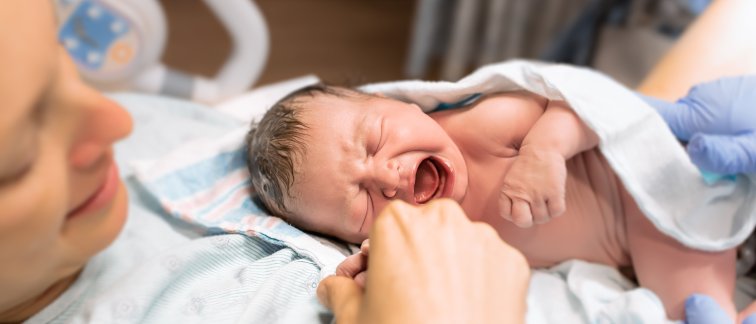Potential risks
In the group of babies born via labor induction in uncomplicated term pregnancies, the prevalence of neonatal birth trauma (e.g. baby born with broken limb), resuscitation and respiratory disorders was higher. Furthermore, in this group more admissions to hospital for infections in children up to 16 years were detected. Not only the newborn, but also their mother can experience adverse impacts due to the induction of labor (IOL) in uncomplicated term pregnancies. The women had higher rates of instrumental birth, episiotomy, epidural/spinal analgesia and postpartum haemorrhage. "Our study shows that the pros and cons of induced labor have to be taken into good consideration." , said Ank de Jonge. Lilian Peters also shared her thoughts on their findings; "The final weeks in the uterus are especially important for the neurological- and health development of children."
Global trend
There is a rising trend of inducing labor with no medical indications. In 2008 25% of new mothers in Australia had their labor induced. Ten years later this percentage has risen to approximately 45%. It is observed worldwide that in a lot of high-income countries labor is more often induced around 37-38 weeks of gestation. "If there are no medical indications, you should not accelerate the birth of your child. This global increase is very worrying", said Lilian Peters.
Methods
The researchers compared the (health) outcomes for mothers, neonates and children up to 16 years between two groups of uncomplicated term pregnancies with live births; group 1. induced labor versus group 2. spontaneous labor. A population linked data set from New South Wales, Australia was used that included 474.652 births (2001-2016). Roughly 15% of these births had an IOL for non-medical reasons. More details on the research method can be found in the published article in BMJ: Intrapartum interventions and outcomes for women and children following induction of labour at term in uncomplicated pregnancies: a 16-year population-based linked data study.

